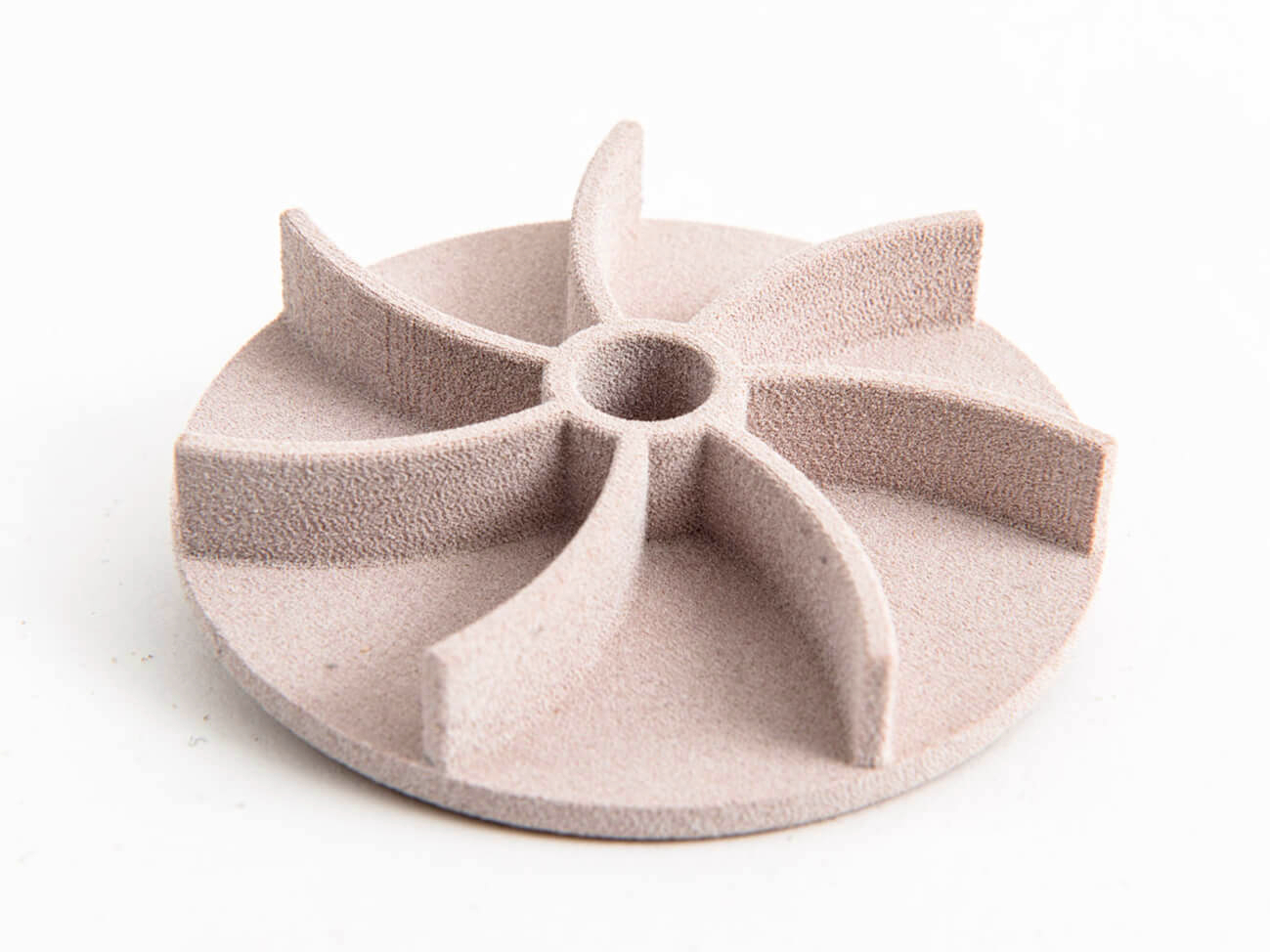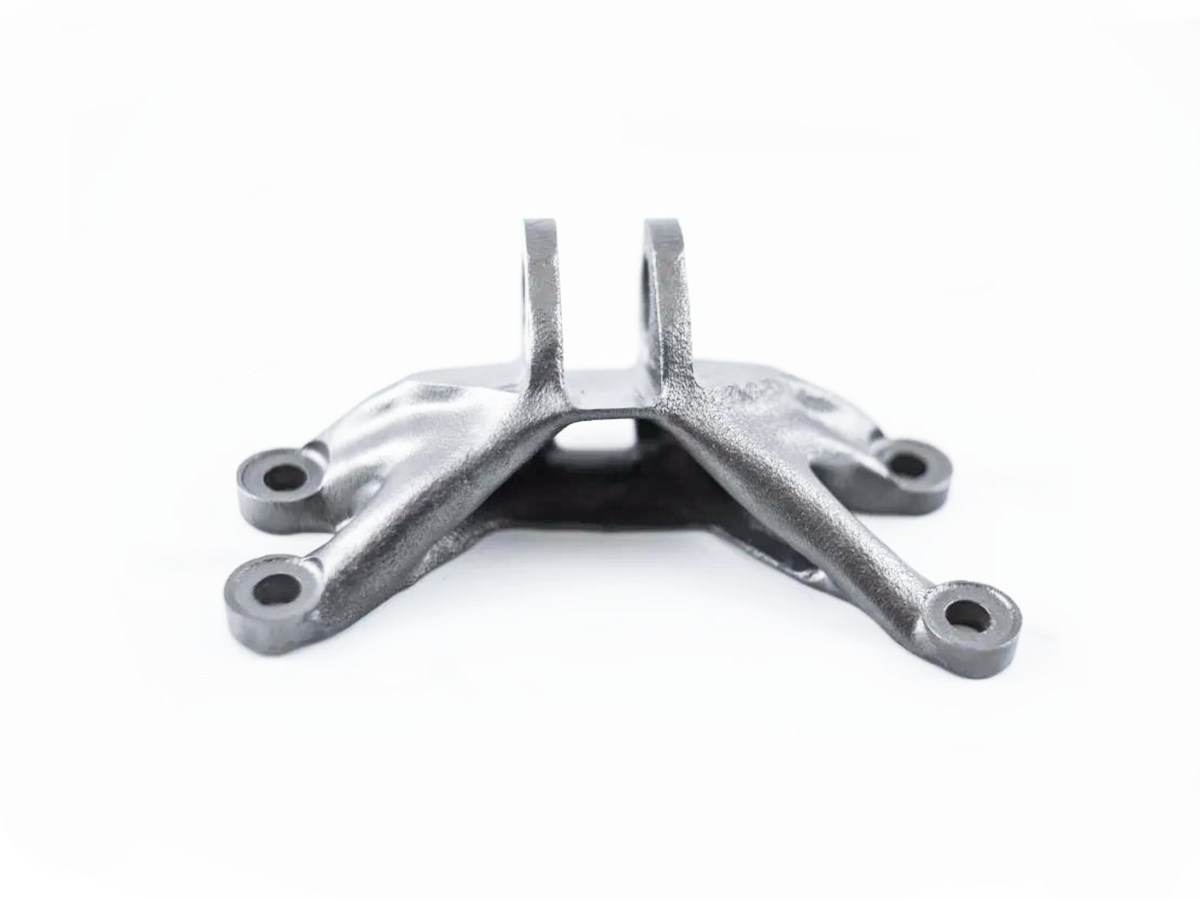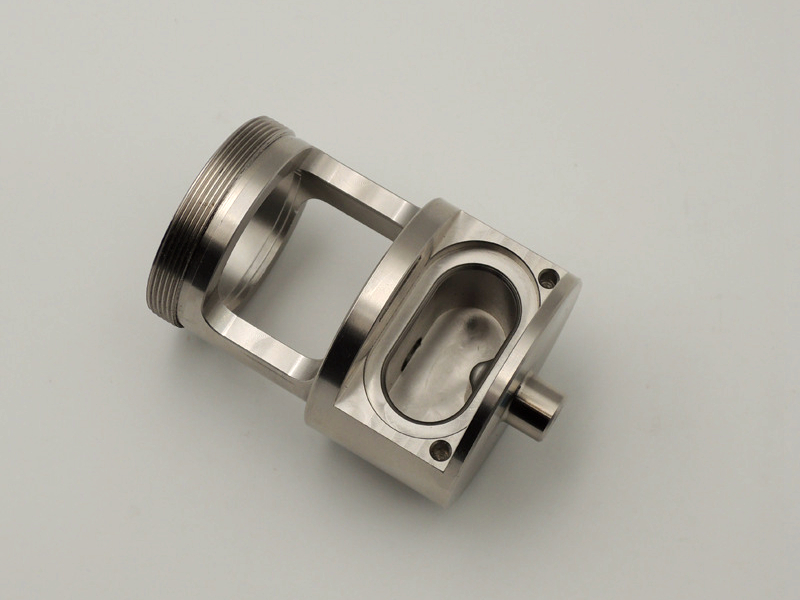What dimensional accuracy and surface finish can metal 3D printing achieve?
From an engineering and manufacturing standpoint, the dimensional accuracy and surface finish of metal 3D printing, particularly with powder bed fusion technologies like DMLS/SLM, are critical performance metrics that define its application space. It is essential to understand that the "as-printed" state represents a baseline, and achieving final engineering tolerances almost always requires complementary post-processing.
Dimensional Accuracy of As-Printed Parts
The dimensional accuracy of a metal 3D printed part refers to how closely its measured dimensions match the intended CAD model. For DMLS, a typical accuracy is ± 0.1 mm to ± 0.2% (whichever is greater) on critical features in the X-Y plane. Accuracy in the Z-axis (build direction) can be slightly less consistent.
Influencing Factors:
Process Parameters: Laser power, scan speed, and hatch spacing.
Part Geometry: Thin walls and overhangs are prone to distortion due to residual stress.
Material: Different alloys (e.g., Aluminum 6061 vs. Inconel 718) have varying thermal expansion and melting characteristics.
Post-Processing: Stress relief and thermal treatments like heat treatment and HIP can induce minor dimensional shifts.
Comparison with Traditional Methods: The as-printed accuracy is generally lower than that of CNC machining, which can reliably hold tolerances of ± 0.025 mm or tighter.
Achieving Precision Tolerances with Hybrid Manufacturing
For components requiring precision interfaces, bearing seats, or threaded connections, the standard as-printed accuracy is insufficient. This is where a hybrid approach is essential.
Secondary CNC Machining: Critical features are intentionally printed with excess material (stock allowance) and then finished to tight tolerances using precision machining services like CNC milling or CNC turning. This combines the geometric freedom of DMLS with the dimensional precision of CNC.
Realistic Tolerances: Through this method, tolerances of ± 0.025 mm to ± 0.05 mm (IT grades 7-9) are achievable on specified features, making the parts suitable for demanding applications in aerospace and medical devices.
Surface Finish of As-Printed Parts
The surface finish of an as-printed DMLS part is characterized by a certain roughness due to the sintered powder particles. A typical range is Ra 10 - 25 μm (400 - 1000 μin), which is rough and textured.
Causes of Roughness:
Partially Sintered Particles: Fine powder particles adhere to the melt pool's periphery.
"Stair-Stepping" Effect: The layer-by-layer nature creates a stepped texture on curved or inclined surfaces.
Support Structure Artifacts: Points where supports contact the surface leave imperfections.
Functional Impact: This rough, as-printed surface is generally unsuitable for bearing surfaces, fluid seals, or fatigue-critical applications, as it can act as a stress concentration point.
Improving Surface Finish Through Post-Processing
A suite of post-processing techniques is employed to enhance surface finish, each with different capabilities and outcomes.
Abrasive Blasting: Sandblasting is a common first step that cleans the surface and reduces peak roughness, typically achieving Ra 4 - 8 μm. It creates a uniform matte finish.
Vibratory Finishing: Tumbling is excellent for radiusing edges, deburring, and producing a smoother, semi-matte finish, improving the Ra to around Ra 1 - 4 μm.
Abrasive Flow Machining (AFM): Effective for polishing internal channels and complex geometries that are inaccessible to other methods.
Electropolishing: This electrochemical process is highly effective for achieving a smooth, micro-polished finish. Electropolishing can improve the surface finish to Ra 0.2 - 0.8 μm while also improving corrosion resistance.
CNC Machining/Grinding: For the best possible surface finish on critical planar or cylindrical features, traditional CNC grinding or machining is used. This can achieve surface finishes of Ra 0.4 μm or better, equivalent to a high-quality as-machined finish.
Summary of Achievable Specifications
Characteristic | As-Printed (DMLS) | With Post-Processing |
|---|---|---|
Dimensional Accuracy | ± 0.1 mm to ± 0.2% | ± 0.025 mm (on machined features) |
Surface Finish (Ra) | 10 - 25 μm | 0.2 - 4 μm (depending on method) |
Engineering Guidelines for Design
Design for the Process: Account for the limitations of the as-printed state in your design, avoiding critical tolerances on hard-to-reach internal surfaces.
Specify Critical Features: Clearly define which surfaces require tight tolerances and fine finishes so a stock allowance can be applied for secondary machining.
Consider the Entire Workflow: The optimal path for a high-precision part often involves 3D printing the complex near-net shape and using CNC machining to achieve final precision.



